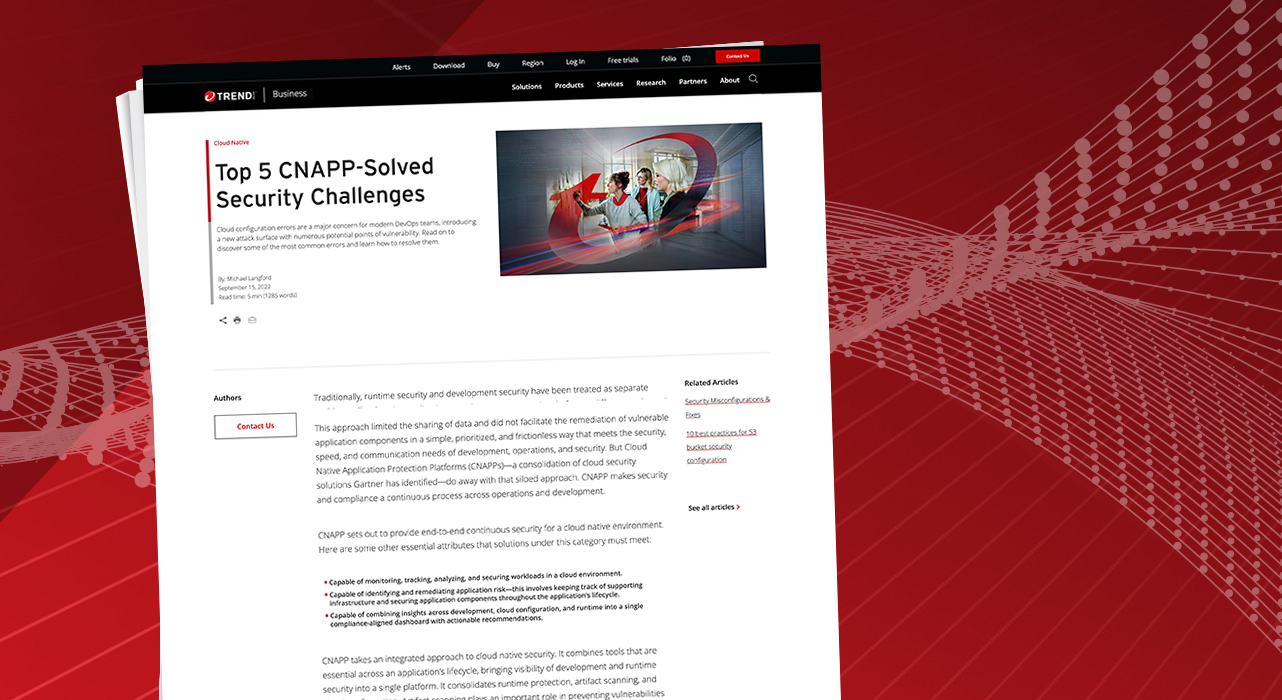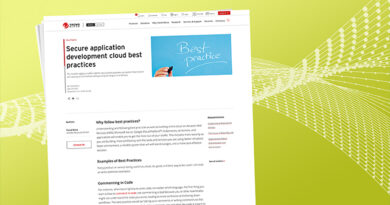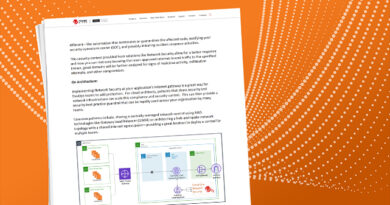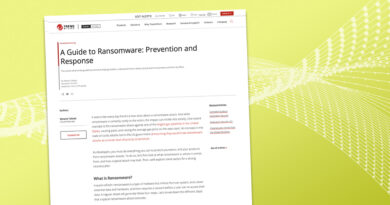Top 5 CNAPP-Solved Security Challenges


Traditionally, runtime security and development security have been treated as separate problems. Cloud-native application security programs consisted of many different tools, each with its own objective, control panel, and view of risk. These tools were mainly event-driven—they would only initiate scans when alerts were raised.
This approach limited the sharing of data and did not facilitate the remediation of vulnerable application components in a simple, prioritized, and frictionless way that meets the security, speed, and communication needs of development, operations, and security. But Cloud Native Application Protection Platforms (CNAPPs)—a consolidation of cloud security solutions Gartner has identified—do away with that siloed approach. CNAPP makes security and compliance a continuous process across operations and development.
CNAPP sets out to provide end-to-end continuous security for a cloud native environment. Here are some other essential attributes that solutions under this category must meet:
- Capable of monitoring, tracking, analyzing, and securing workloads in a cloud environment.
- Capable of identifying and remediating application risk—this involves keeping track of supporting infrastructure and securing application components throughout the application’s lifecycle.
- Capable of combining insights across development, cloud configuration, and runtime into a single compliance-aligned dashboard with actionable recommendations.
CNAPP takes an integrated approach to cloud native security. It combines tools that are essential across an application’s lifecycle, bringing visibility of development and runtime security into a single platform. It consolidates runtime protection, artifact scanning, and cloud configuration. Artifact scanning plays an important role in preventing vulnerabilities from advancing to the production environment. Runtime protection ensures workloads are secure after being deployed into production. Cloud configuration scanning flags risky misconfigurations that can lead to increased risk.
The approach of “shifting security left” to remediate vulnerabilities and misconfigurations as early as possible while ensuring developers can keep moving quickly presents both a risk and an opportunity for cloud native applications. The attack surface expands as more tasks are moved closer to the developers. But, on the other hand, organizations now have an opportunity to gain visibility into the application’s full lifecycle and apply security upon commit and everywhere after.
CNAPP transforms cloud environment security from a reactive to a proactive undertaking. It deals with security concerns holistically instead of processing and addressing them as one-off problems without broader context.
This article looks at the top five challenges that CNAPP solves for organizations.
1. Increased visibility
Agile software development challenges security teams in that they suffer from a lack of visibility. First, thanks to the introduction of third-party platforms, the surface to be monitored has grown in size and complexity. Without proper visibility of the entire supply chain, it’s difficult to get real-time insight into the most vulnerable areas. Second, organizations commonly use multiple disparate point products, each with siloed responsibility and visibility, to perform various security checks at different points in an application’s lifecycle. This approach can create blind spots that malicious actors may exploit.
CNAPP increases the visibility of all components and stages in the application lifecycle. It stands out because it gives context to the information that’s been analyzed, showing the various relationships. It also provides actionable information at a granular level, making it easy for developers to correct security issues, such as misconfigurations, within their existing toolset. This information is also crucial for creating and prioritizing alerts based on the level of risk they present.
2. Early error detection
One of the benefits of cloud native applications for organizations is the possibility of increased collaboration. Many teams can work on various parts of a project without interfering with each other. For instance, developers can pull the latest versions to test configurations before pushing their latest updates. Then, the updates they push can automatically be tested and rolled out in minutes. This increases speed to market but, in expanding the sources from which vulnerabilities can originate, it presents a security challenge.
CNAPP overcomes this challenge by shifting the security barriers closer to development. Scanning artifacts for security vulnerabilities before they’re processed ensures risky components are caught before being deployed. It also ensures misconfigurations in files, like infrastructure-as-code templates, are caught early. In a collaborative environment, avoiding sharing misconfigured files can save a lot of time.
3. End-to-end protection
Another challenge that DevOps presents is the use of multiple independent security tools at various stages of development. The undertaking of configuring these tasks is difficult, prompting most organizations to forgo security in some stages. Some organizations deploy monitoring tools that essentially perform duplicate tasks, increasing security costs, while other organizations will have too many tools, increasing complexity and slowing down application development and deployment processes. This is counterproductive to the DevOps goal of speeding up application development and deployment.
CNAPP resolves this by enabling organizations to secure their development production processes and infrastructure from end to end. This means that they can view the holistic security posture from when development artifacts are received to when the application is in production. If an issue is identified in production, it can be easily traced back to its origin. Having a unified view of all the ongoing processes helps with real-time monitoring of cloud applications and infrastructure, while enabling speedier remediation of issues, such as misconfigurations.
4. Ease of automation
CI/CD is the heartbeat of modern software development. Cloud native applications are the biggest beneficiaries of this agile method of delivery and deployment. CI/CD relies heavily on end-to-end automation of the delivery process. This includes build process automation, test automation, and release automation. Even though it makes software development easier and faster, it can cause issues to quickly compound. If a misconfiguration or vulnerability isn’t picked up early enough, it can end up in the released version.
CNAPP solutions can be easily embedded into the CI/CD pipeline and integrated with modern development tools that are already in operation. This grants the ability to monitor artifact scanning in the build phase and keep its integrity in check—right up to deployment. This also ensures that all images that use the pipeline are vetted and monitored to avoid unauthorized access, all while keeping DevOps moving quickly.
5. Minimized time in development
One of the greatest challenges with SecOps is the amount of time taken for manual scans to verify that there are no vulnerabilities. Managing a stack of tools can easily become its own workstream, consuming valuable resources that could be used elsewhere. That’s because, within a cloud environment, disparate point products often don’t share information or possess awareness about one another’s existence or activities.
CNAPP solves this challenge with a unified system: all the stages and processes involved with securing a cloud-native application can be monitored in one place. You can also initiate tests on artifacts and configurations from the same platform, which can in turn inform your security approach downstream. This saves the DevOps teams a lot of time, ensuring they can focus on other tasks that add more value to the application.
Conclusion
An organization’s cloud security ecosystem is only as strong as its weakest point.
Before the introduction of CNAPP solutions, cloud native application security was divided into many different tools that covered portions of development or runtime security. CNAPP changed that, integrating and centralizing security functions across the application’s lifecycle. It also provides a single interface for monitoring and tracking cloud-native application security posture from commit to runtime.
CNAPP solves the siloing and visibility challenges that individual security point products presented. It offers more visibility, reduces the time spent on monitoring, enables early threat detection, and provides end-to-end protection. It also transforms cloud environment security from a reactive endeavor to a proactive endeavor.
A CNAPP solution will unify your system’s security, eliminate blind spots, and save your development team a lot of time.
Read More HERE



